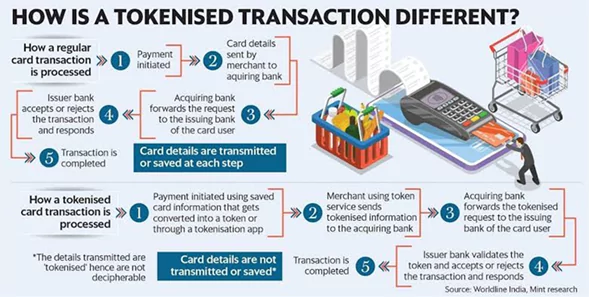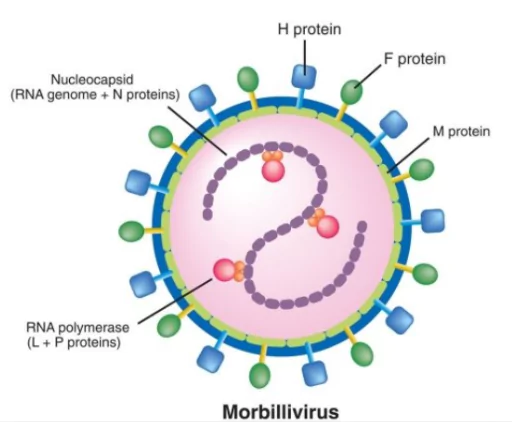United Nations Framework Convention on Climate Change (UNFCCC):
The Conference of the Parties (COP):
|
|---|
| Adaptation refers to the actions that countries take to prepare for and respond to the impacts of climate change, such as building seawalls to protect coastal communities from rising sea levels.
Equity refers to the principle that developed countries should provide financial and technological assistance to developing countries to help them transition to low-carbon economies. |
|---|
Source: The Hindu
Source: Economic Times
| Plasticity is the capacity of an individual organism to alter its behavior, physiology/gene expression, and/or morphology in direct response to changing environmental conditions. |
|---|
Source: Down to Earth
| Illegal Migrant:
An illegal immigrant can be (i) a foreign national who enters India on valid travel documents and stays beyond their validity, or (ii) a foreign national who enters without valid travel documents. |
|---|
Source: India Today
National Technical Textiles Mission (NTTM):
The mission comprises four key components: Component I – Research, Innovation, and Development: This component has a budget allocation of Rs. 1,000 Crores and focuses on two key areas:
Component II – Promotion and Market Development: It aims to increase the domestic market size to 40-50 billion USD by 2024 with an average growth rate of 15% to 20% per annum. Component III – Export Promotion: It also intends to achieve a 10% annual increase in export growth up to 2023-24. Component IV – Education, Training, Skill Development: It aims to create a highly skilled workforce to support the mission’s requirements. |
|---|
Source: The Hindu

News Source: BS
News Source: DTE
News Source: DTE
NHA:
|
|---|
News Source: BS
 It is classified as a member of the genus Morbillivirus in the Paramyxoviridae family.
It is classified as a member of the genus Morbillivirus in the Paramyxoviridae family. News Source: DTE
Global Biofuels Alliance:
|
|---|
Also Read: UNSC Reforms For A New Era; What The World Thinks
India’s Prime Minister’s vision, shared at the Voice of Global South Summit 2023, emphasizes inclusive development and a redesigned global governance structure. India’s commitment to sharing developmental experiences and fostering cooperation can provide leadership to the Global South.
‘Haryana State Employment of Local Candidates Act, 2020’
|
|---|
How many states have Reservation in Private Sector?
|
|---|
Violation of Constitutional Provisions by Reservation In Private Sector
|
|---|
Government Efforts:
|
|---|
Also Read: Job Creation – A big challenge for the Government
Rather than focusing on the reservation to provide jobs, the government should focus on skill enhancement and job creation. Moreover, this goes against the spirit of “Ek Bharat Shreshtha Bharat,” which demands an integrated and mobile labor market within the country.
SC Verdict on Newsclick Shows Adherence to Due Pro...
Stay Invested: On Chabahar and India-Iran Relation...
Credit Rating Agencies, Impact on India’s De...
Catapulting Indian Biopharma Industry
Globalisation Under Threat, US Import Tariffs Have...
Global Report on Hypertension, Global Insights and...
<div class="new-fform">
</div>
